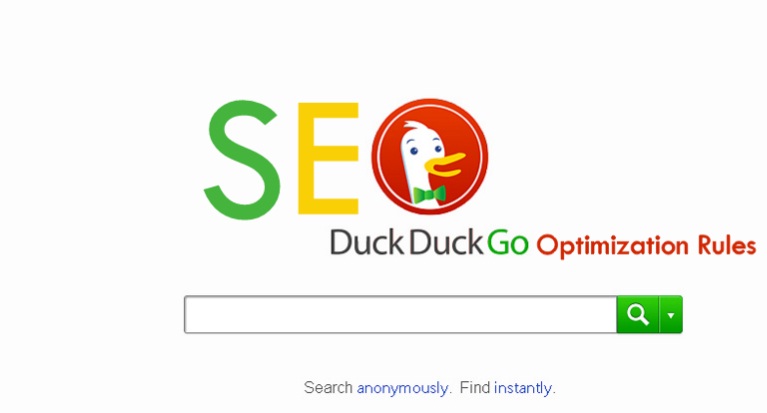Three things need to happen in order for your site to rank highly. First, the search engine needs to locate your web pages on the internet. Second, the search engine needs to scan the pages and understand their content while identifying the keywords. Third, the search engine includes the pages in its index, which is a database of all the pages it has located on the internet.
Thereafter, the search engine algorithm considers whether or not to display your webpages when a user searches for a relevant keyword.
However, as simple as the above process may sound, there’s a catch. A search engine doesn’t see a webpage the same way humans do. You see a collection of links, formatted text, colors,and graphics. All a search engine sees is text. For this reason, page elements that don’t render as text are invisible to the search engine. So even if your website looks good to you, your site’s content might not be accessible to Google.
This is why seeking the guidance of SEO professionals such as https://rankunlimitedseo.com/ to help you with site optimization is important.
Improving your ranking with siteoptimization
Siteoptimization makes sure that your website and its pages are easily scanned and indexed by Google. The most important elements of site-optimization are:
- Website navigation and links
- URL structure
- Page speed
- Dead links or broken redirects
- Sitemap and robots.txt files
- Duplicate content
Website navigation and links – Google and other search engines crawl sites and follow links to other webpages which they also analyze to see whether they ate relevant. It’s important that you set the navigation links to text only because, as mentioned above, search engines see only text.
URL structure – Search enginesprefer to read short strings of text that have a simple structure. So, as much as possible, make your URLs short and eliminate text that is not part of the keyword or keyword phrase.
Page speed – Search engines take into account the page speed or load time—the time it takes to load a web page—when ranking your site and pages. Load time is affected by a number of page elements, including the size of the images on it. For suggestions on improving the load speed of your pages, use the Page Speed Insights Tool by Google.
Dead links or broken redirects – Dead links send a visitor on your site to a non-existent page whereas broken redirects redirect the visitor to a resource that’s no longer available. In addition to providing a poor user experience, it makes it difficult for search engines to index your site’s content.
Sitemap and robots.txt files – This file lists all your site’s URLs and search engines use it to determine the pages to crawl. On the other hand, robots.txt files tell search engine bots which content to ignore when indexing. For instance, certain policy pages are not displayed in search results. As a result, search engines crawl and index your pages faster.
Duplicate content –It can be confusing to search engines when pages have highly similar or identical pages because it’s difficult to determine which pages to display in the results. Therefore, duplicate content is considered a negative factor by search engines, which penalize websites by completely excluding those pages from results.

